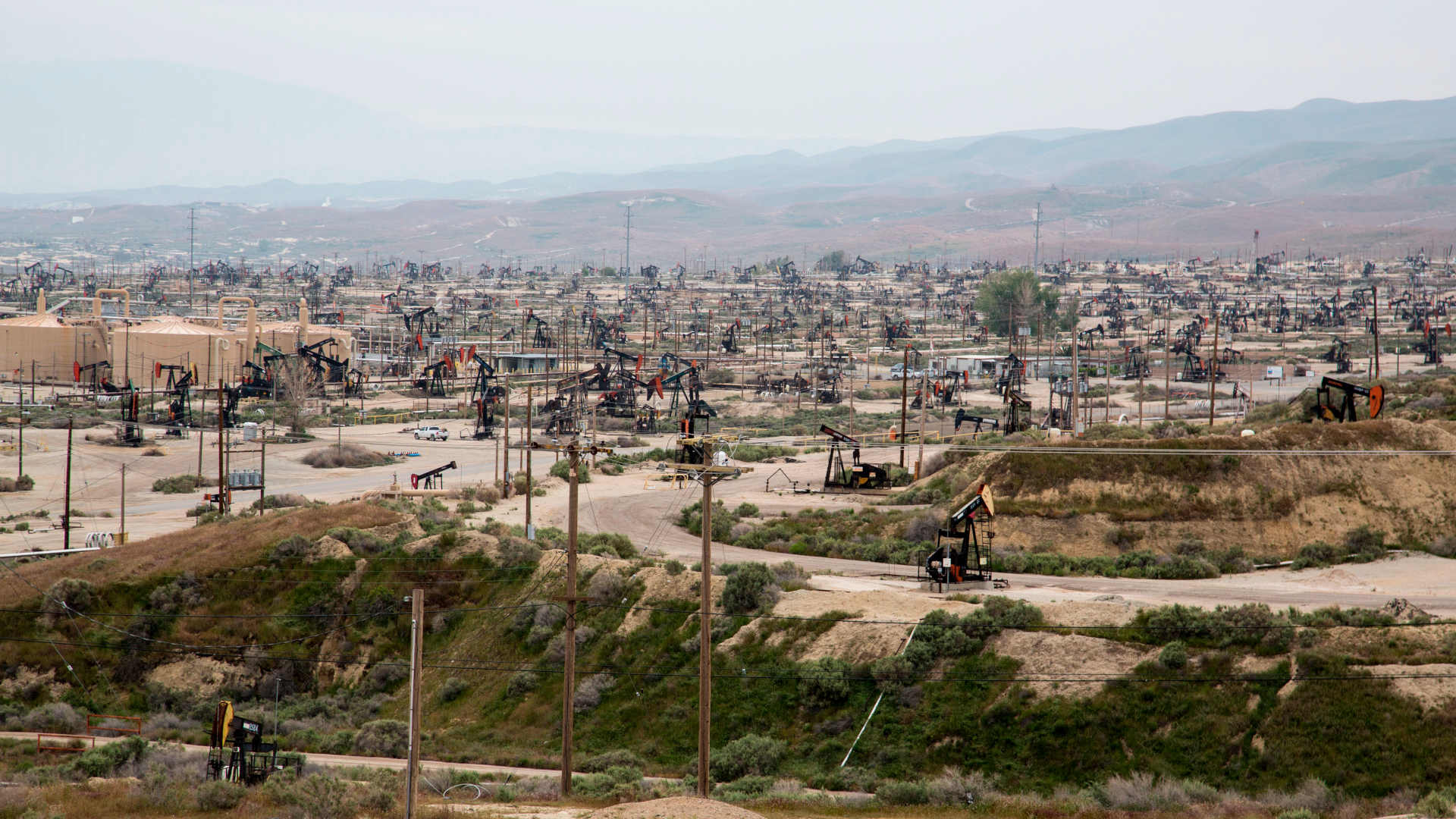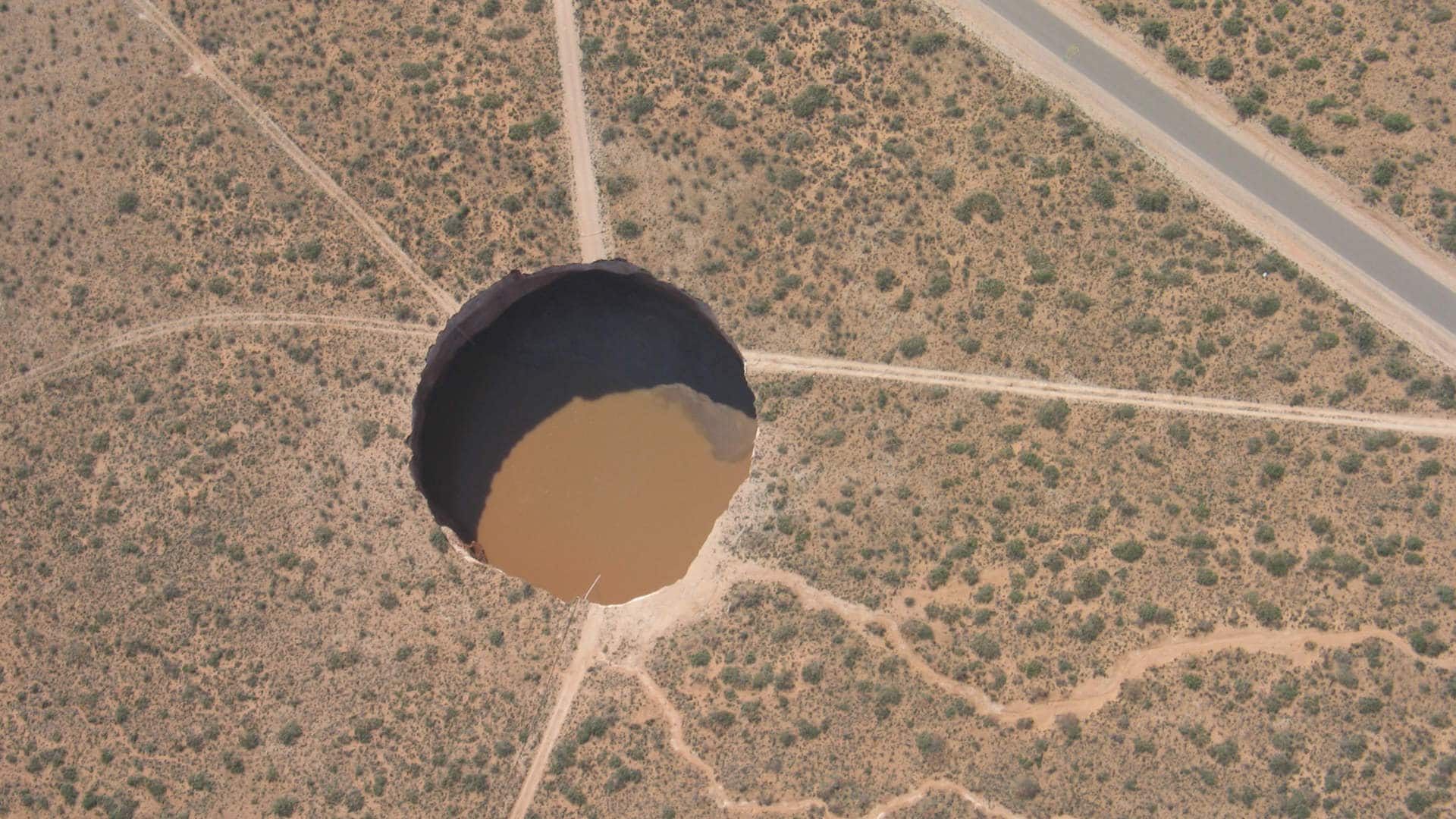The Steep Cost of Cleaning Up California’s Oil Sites
For well over a century, the oil and gas industry has drilled holes across California in search of black gold and a lucrative payday. But with production falling steadily, the time has come to clean up many of the nearly quarter-million wells scattered from downtown Los Angeles to western Kern County and across the state.
The bill for that work, however, will vastly exceed all the industry’s future profits in the state, according to a first-of-its-kind study published Thursday and shared with ProPublica.
This story was originally published by ProPublica and is republished here under a Creative Commons license.
“This major issue has sneaked up on us,” said Dwayne Purvis, a Texas-based petroleum reservoir engineer who analyzed profits and cleanup costs for the report. “Policymakers haven’t recognized it. Industry hasn’t recognized it, or, if they have, they haven’t talked about it and acted on it.”
The analysis, which was commissioned by Carbon Tracker Initiative, a financial think tank that studies how the transition away from fossil fuels impacts markets and the economy, used California regulators’ draft methodology for calculating the costs associated with plugging oil and gas wells and decommissioning them along with related infrastructure. The methodology was developed with feedback from the industry.
The report broke down the costs into several categories. Plugging wells, dismantling surface infrastructure and decontaminating polluted drill sites would cost at least $13.2 billion, based on publicly available data. Adding in factors with slightly more uncertainty, like inflation rates and the price of decommissioning miles of pipeline, could bring the total cleanup bill for California’s onshore oil and gas industry to $21.5 billion.
Meanwhile, California oil and gas production will earn about $6.3 billion in future profits over the remaining course of operations, Purvis estimated.
Compounding the problem, the industry has set aside only about $106 million that state regulators can use for cleanup when a company liquidates or otherwise walks away from its responsibilities, according to state data. That amount equals less than 1 percent of the estimated cost.
Taxpayers will likely have to cover much of the difference to ensure wells are plugged and not left to leak brine, toxic chemicals, and climate-warming methane.
“These findings detail why the state must ensure this cost is not passed along to the California taxpayer,” state Sen. Monique Limón, a Santa Barbara Democrat who has written legislation regulating oil, said in a statement. “It is important that the state collect funding to plug and abandon wells in a timely and expeditious manner.”
Representatives of the state’s oil regulatory agency, the California Geologic Energy Management Division, did not respond to ProPublica’s request for comment on the report’s findings.
Rock Zierman, CEO of the California Independent Petroleum Association, an industry trade group, said in a statement that companies spent more than $400 million last year to plug and clean up thousands of oil and gas wells in the state. “This demonstrates their dedication to fulfilling their obligations and mitigating the environmental impact of their operations,” he said.
Fees on current oil and gas production will offset some of the liabilities, but they’re nowhere near enough to address the shortfall quantified by the new report.
“It really scares me,” Kyle Ferrar, Western program coordinator with environmental and data transparency group FracTracker Alliance, said of the report’s findings. “It’s a lot for the state, even a state as big as California.”
High oil prices have translated to huge profits for the industry in recent years, but Carbon Tracker’s report found that’s likely to be short-lived. Only two drilling rigs were operating in the state at one point this year, meaning few new wells will be coming online, and more than a third of all unplugged wells are idle.
Judson Boomhower, an environmental economist and assistant professor at the University of California, San Diego who has studied California’s oil industry, said there are inherent uncertainties in estimating future oil revenues. For example, one variable is how quickly the country shifts from internal combustion engine vehicles to electric. But, he said, Carbon Tracker’s estimates for environmental liabilities track with his research.
“It’s a state in the twilight of its production period, and that means big liabilities,” Boomhower said. He added that now is the time for regulators to prevent companies from offloading their wells to “thinly capitalized firms” unable to shoulder the cleanup.
As ProPublica reported last year, the major oil companies that long dominated in California and have the deep pockets necessary to pay for environmental cleanup are selling their wells and leaving the state, handing the task to smaller and less well-financed companies.
Roughly half of the wells drilled in California have changed hands through sales and bankruptcies since 2010, according to data Ferrar analyzed.
Smaller companies are often one bankruptcy away from their wells being orphaned, meaning they’re left to taxpayers as companies dissolve. The Biden administration recently committed $4.7 billion in taxpayer funds to plug orphan wells.
And the industry’s environmental liabilities in California are far bigger than Carbon Tracker’s report quantifies.
Purvis only included environmental liabilities associated with onshore oil and gas production. Billions of dollars more will be needed to plug offshore wells, remove rigs, and reclaim artificial islands used for drilling off the coast of Long Beach, Ventura, and Santa Barbara.
Additionally, the report did not quantify the emerging risk of “zombie wells,” which were plugged years ago to weaker standards and are likely to leak if they aren’t replugged. That’s an expensive endeavor, as the average cost to plug one well in California — to say nothing of cleaning up surface contamination — is $69,000, according to Purvis’ research. But some California wells have already begun failing, including in neighborhoods in Los Angeles.
Time is running out to rectify the funding shortfall, for example by increasing the money companies must set aside for well plugging.
Carbon Tracker’s report — using state production data and financial futures contracts on the New York Mercantile Exchange — estimated that as production declines, 58 percent of all future profits from drilling oil and gas in the state are likely to come over the next two years.
“We have our backs up against the wall in California right now,” Ferrar said. “If companies don’t put money towards it now, they’re not going to have money to do it later.”
Environmental policies could accelerate the industry’s decline. California voters will decide on a ballot initiative in 2024 that would reinstate large buffer zones between communities and oil wells, limiting drilling.
Purvis said acting quickly to plug wells would also “stimulate economic activity” and help smooth the transition for oil and gas workers who stand to lose well-paying jobs in the shift away from climate-warming fossil fuels. Spending large sums to plug old wells would create short-term employment for oil field workers.
As California faces the consequences of its failure to quickly clean up aging oil and gas infrastructure, there are likely several million more wells around the country that are either low-producing or already orphaned and will soon need to be decommissioned.
“California’s going to be a test case or the leading edge of this,” Boomhower said. “This same problem is eventually going to manifest everywhere.”
Mark Olalde is a reporter covering the environment in the Southwest for ProPublica.
ProPublica is a Pulitzer Prize-winning investigative newsroom. Sign up for The Big Story newsletter to receive stories like this one in your inbox.











